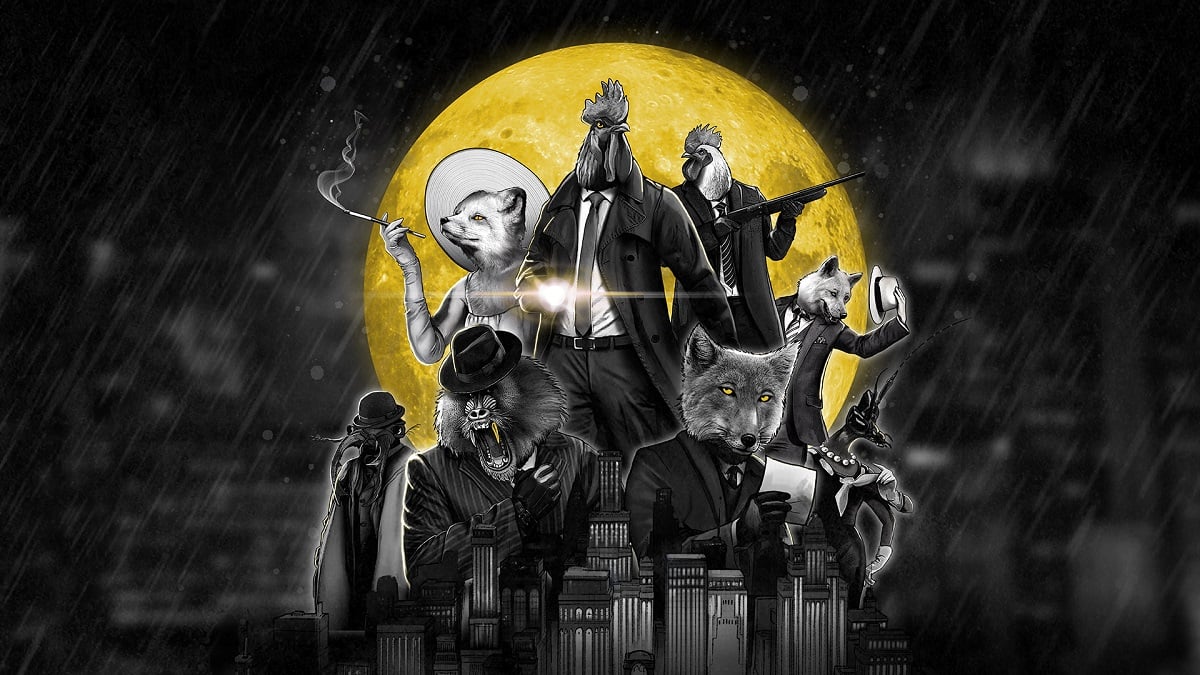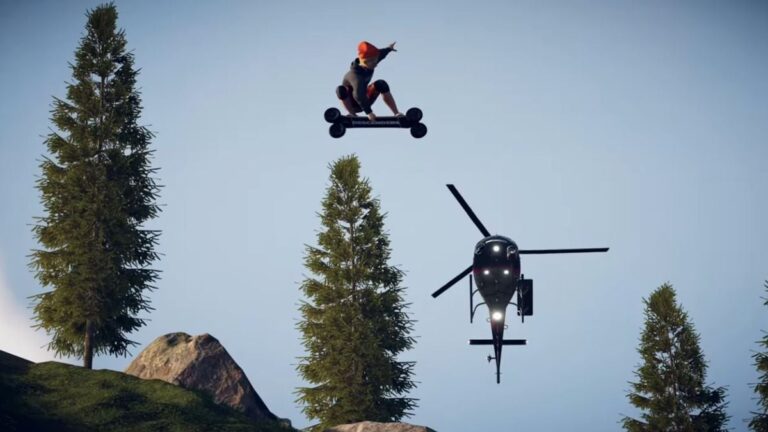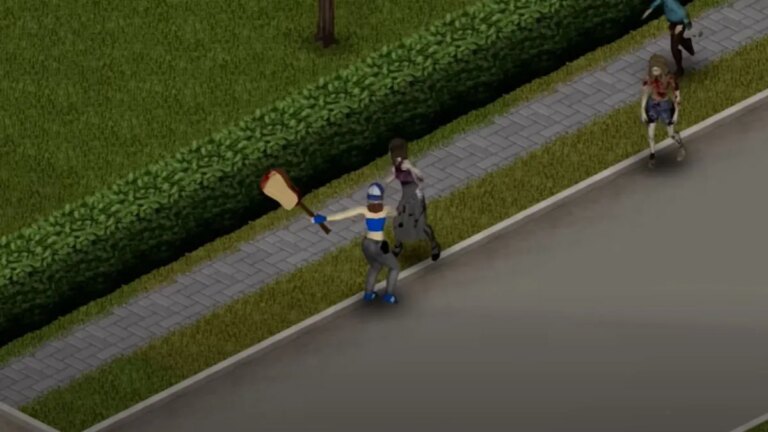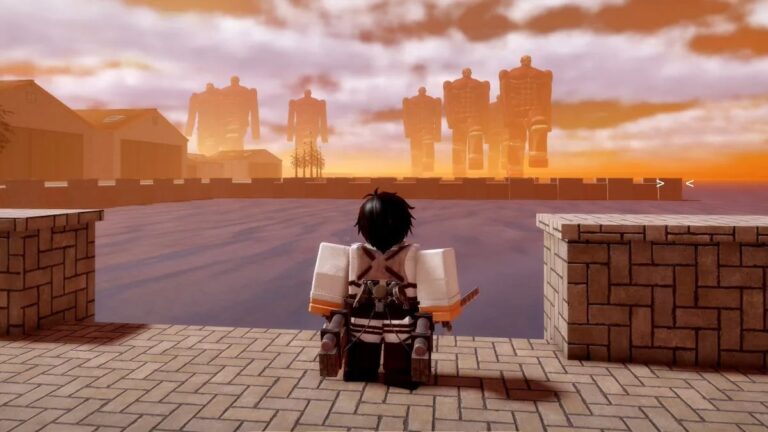Into the Hive – Destructoid
Chicken Police: Paint it Red grabbed me with its weird, photomanipulated animal-people characters, but held me there with its heart. It features a storytelling that shows a love of worldbuilding and warm characters in a noir setting. So, I’ve been greatly anticipating the follow-up, Chicken Police: Into the Hive.
It’s been given a good runway. A lot of the seeds for its events and characters had already been planted in Paint it Red, as well as the prologue side-game, Zipp’s Cafe. It was ready to be bigger and better than what came before and was poised to launch a new chapter in the Wild Gentleman’s World of Wilderness setting. Then, halfway through the game, the wheels came off of it, and now things have become more complicated.
Chicken Police: Into the Hive (PC)
Developer: The Wild Gentlemen
Publisher: Joystick Ventures
Released: November 7, 2024
MSRP: $24.99
Into the Hive starts in much the same way the first game does. A dame walks into the home office of Detective Santino “Sonny” Featherland, asking for his help with an off-the-books case. Her husband has gone missing, or rather, her husband’s body. But it’s not a murder that he’s trying to solve. None is suspected. It’s the mystery of why someone would dig up his body (as well as others) and steal it.
To make matters more complicated, the man was an insect, one of the oppressed citizens of Clawville who have been segregated to a part of town known as “The Hive.” Insects aren’t allowed out of the hive and animals, especially cops, aren’t allowed in. Undeterred, Sonny grabs his partner, Martin “Marty” MacChicken, and they set out to crack the case.
Things play out very similar to the original game. You travel Clawville, gathering clues and talking to people. Occasionally, you’ll play a mini-game. Then there are other times that you have to interrogate someone by asking a series of questions to endear yourself or annoy them enough to get some sort of revelation out of them.
There aren’t too many surprises in terms of gameplay; it’s still heavily a visual novel with adventure aspects, but not many of them. One of the biggest improvements here are with its art style. This may sound weird, but the lipsyncing on the animal heads is way better. Rather than a generic jaw drop, they move in different ways to pronounce syllables. It’s such a strange thing to focus attention on, but it’s actually a pretty slick and appreciable change.
Also, if you, for whatever reason, hated the black-and-white film noir look from the original game, it isn’t long before you can change it over to garish technicolor. While I played in color for a while before switching it back to monochrome for most of the game, the color is well done. It’s not just turning off a filter, instead, a lot of attention has been given to making color mode having as much of a distinct look to it as the original black-and-white. The colors are inappropriately bright, with even neutral colors popping off, and Characters wear garish outfits. It’s a great alternative if you get bored of the simpler shading.
The narrative itself starts off more confidently. At this point, the lore has been built up around it, so it doesn’t need to throw off as many off-hand comments to try and set the scene. It doesn’t have to make things up as it goes along. It fits together a lot better, and that comes through in the dialogue.
The first two acts are excellent, giving pieces at a time and getting you to figure out how they fit together. It can be pretty heavy-handed at times. You’ll no doubt know who the real villain is and what is happening to the stolen bodies well before the game overtly tells you. I was expecting this to lead to some sort of twist, but the red herrings seem to be only for the characters themselves and players will get no surprises. Things become to come undone from there.

There are five chapters to the game, and you begin to see things weaken in the third. It becomes most obvious when the characters know a location they have to go, but are aware that it’s dangerous and will likely be a trap. Rather than figure out an elegant plan, they just do the obvious and go in the back door. Then things just happen because they’re scripted to. There’s an excellent mini-game here, but I wonder if the visual novel format has caused an issue with the storytelling. It feels like there should have been a greater amount of action in this scene that just wasn’t there.
Nonetheless, it’s not too bad at that point. After that, however, I’d say it’s just bad. For the final two chapters things just move around in the most obvious of ways. The characters form a plan that even a child could think of and band together. It’s hard to understand the stakes, overall motivation of the antagonist, and why many involved would have a personal interest. Little threads that were left dangling aren’t tied up at all, but rather just swept aside, and they will never get properly tied into what’s going on.
And then you move through what feels like sets that should have had greater purpose and screentime, but are largely just there to be moved through. Everything gets wrapped up without much understanding of how anything has really been solved by the conclusion. It seems that the antagonist had everything worked out, but they had missed one little detail: gun. And that’s that. Job well done.

It’s obvious something went wrong here, but I’m not sure what. The credits begin with what sounds almost like an apology starting with, “This game was difficult to make.” It then explains that COVID-19, the industry downturn, a change of publishers, and “personal tragedies” had made development challenging. It then says, “But the story seems to have been stronger than all of these. We had no choice but to make it, to close this saga, and still give it a new beginning…” That’s broad enough to be interpreted in different ways, but just reads to me as a wrench got thrown into their plans.
The second half of Into the Hive feels like something that has been merely blocked out. The central plot points and events are there, but you’re just led through them with little agency of your own. No real puzzles, just hop on and get where you’re going.
Beyond the reasons given in the credits, I feel that a few things have gone unsaid. From my perspective, it looks like Into the Hive ran up against the limitations of the visual novel format, its own ambition, and the universal rule that something eventually has to ship. Whether that last part was more motivated by publisher deadlines or development fatigue, I obviously have no idea.
There were a number of scenes, especially at the end, that should have had some sort of action sequence or cutscene. Like the first game, you can head down to the police shooting range for target practive. Here, you’re even given the opportunity to try out three guns. Unlike the first game, which had scenes where you put that training to use, Into the Hive doesn’t even feature one gunfight. I’m not saying that Sonny and Marty should have started mowing down foes, but the gang war setting would have really facilitated it.
And then there’s the fact that, between Paint it Red and Into the Hive, there was the standalone prologue, Zipp’s Cafe that was released, and another spin-off starring fellow detectives, Moses and Plato, in development. On top of that, there’s WILD Tactics, which looks like a bigger production overall. I have to wonder how many plot points in Into the Hive were set up specifically for later games and how much was adapted to accommodate. And that’s saying nothing about how busy the team must be.

It’s always strange to progress from a part of the game that seems so vivid, well-thought-out, and lovingly configured to a second half that feels like as many strings as possible were grabbed and tied together, which still left many more forgotten and dangling. In some ways, it reminds me of the ending of Star Wars: Knights of the Old Republic 2; you quickly snap from one of the best games you’ve ever played to a patchwork slideshow desperately holding together everything that wasn’t finished. It’s like waiting for fireworks to go off, and someone walks up and pisses on the fuse.
It’s going to take a while for me to process my disappointment when it comes to Chicken Police: Into the Hive. Beyond just being excited about the game, I was excited to see how the World of Wilderness would develop beyond these tales of two detectives. I think I’m still interested, but now, something’s rotting in the midst of it all.
Into the Hive isn’t the bigger and better follow-up that Paint it Red deserved. It’s only half of one, and what happened to that other half is a mystery of its own. All that was found was an empty shell and some bloodied remains. Not the way it deserved to go out.
[[This review is based on a retail build of the game provided by the publisher.]
4.5
Below Average
Have some high points, but they soon give way to glaring faults. Not the worst, but difficult to recommend.
Review Guidelines







